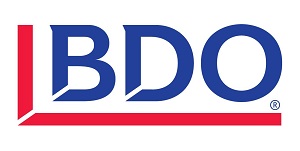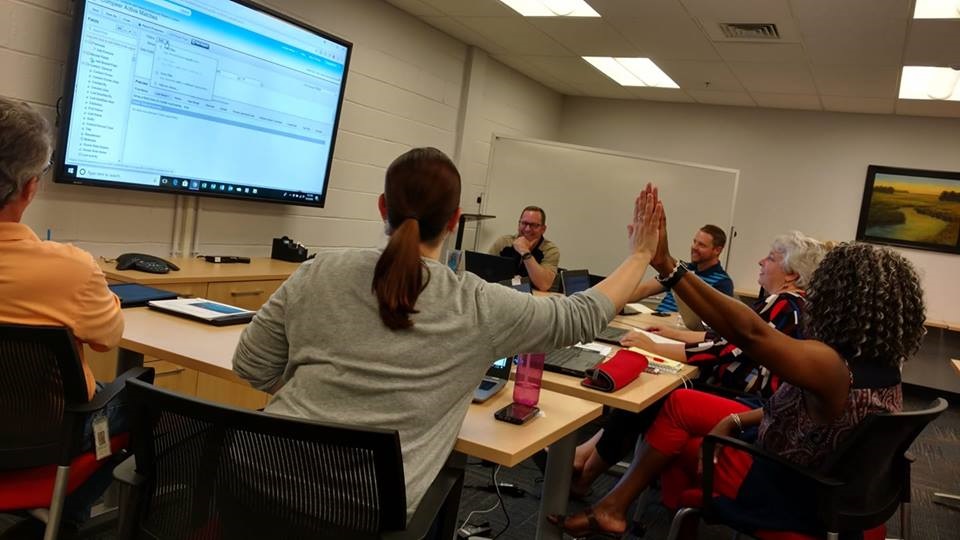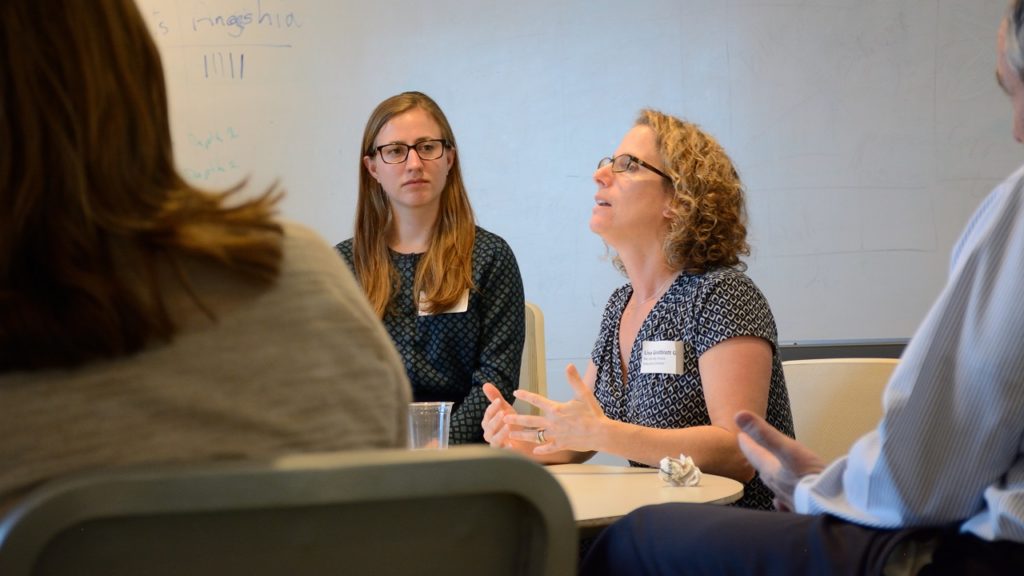
 Special to the Philanthropy Journal
Special to the Philanthropy Journal
By Laurie De Armond and Adam Cole
The 2017 forecast is hazy for nonprofit organizations, with new pressures emerging from shifting donor behaviors, tax reform and regulatory changes. On top of it all, organizations must manage the risk of potential funding shortages at both the state and federal levels. Amid these high levels of uncertainty, it’s more critical than ever for nonprofits to build up operating reserves and focus on long-term sustainability. While every nonprofit has a unique mission, programming and growth strategy, understanding how your organization’s performance stacks up against your peers can provide invaluable insights to inform key strategic decisions that impact long-term viability.
 BDO’s first nonprofit benchmarking survey, Nonprofit Standards, created in partnership with The Nonprofit Times, surveyed nonprofit executives nationwide and compares metrics across key areas including financial reporting, governance, human resources, operations and strategic planning. Examining key indicators from the survey can help you gauge how your organization is tracking and identify potential new strategies to test.
BDO’s first nonprofit benchmarking survey, Nonprofit Standards, created in partnership with The Nonprofit Times, surveyed nonprofit executives nationwide and compares metrics across key areas including financial reporting, governance, human resources, operations and strategic planning. Examining key indicators from the survey can help you gauge how your organization is tracking and identify potential new strategies to test.
Fiscal Safety Nets are Lacking
Revenue concerns weigh heavily on the minds of most nonprofit organizations. More than half of executives (52 percent) ranked resource constraints as a top concern for their boards, followed closely by the loss or decline of a major revenue stream (40 percent). Yet, many organizations aren’t following basic safeguards, opening the door to significant risks should a revenue source dry up. Fifty-three percent of respondents maintain less than six months (the recommended standard) of operating reserves, defined as liquid unrestricted net assets, and just 20 percent have 12 months or more. Even more worrisome, 13 percent of organizations have zero operating reserves, leaving them without a contingency plan in the event of a funding disruption. Among health and human services (HHS) organizations, that figure climbs to nearly one-quarter.
While most nonprofit organizations have an investment policy, 38 percent said none of their operating budget is funded via investment income. Among those reporting investment income, it funds an average of 7 percent of the operating budget. Equity and mutual funds are the most commonly used investment vehicles, averaging 42.4 percent of total investments. Nonprofits with less than $25 million in revenue tend to emphasize these funds more heavily, likely to minimize the organization’s exposure to less liquid investments.
New Strategies to Resolve Talent Issues
Staff retention and recruitment is a perennial problem, with 72 percent of organizations ranking it among their top three challenges over the next year. Potential funding cuts and new regulatory policies may further stress organizations’ abilities to adequately compensate their workforce, which was the most frequently cited (59 percent) employee satisfaction issue. Talent concerns abound at every level, including at the top of house. More than one-third of respondents worry about attracting quality leadership and board members, and succession planning ties as the second-biggest concern facing boards.
With compensation often a limiting factor, nonprofit organizations are turning to lower-cost strategies, like flexible work arrangements, that can boost employee satisfaction. Here’s a look at the arrangements expected to emerge within the next two years:
Reporting Demands Intensify
The push to improve transparency was evident in survey responses—both for organizations’ finances and their impact. A majority (55 percent) reported a growing demand from funders for more information.
Respondents cited a number of hurdles when it comes to communicating impact; the most common include:
- absence of a consistent framework for measuring and recording impact (42 percent)
- shortage of human resources to gather data (38 percent)
- inability to gather statistics on the impact of programs (35 percent)
Printed and online annual reports remain the most popular methods for communicating with major donors, followed by direct communication and email communication.
Roll it all Together & Work Smarter
Tasked with balancing immediate programmatic needs with securing long-term sustainability, nonprofits can face real challenges with financial planning, developing reserves and keeping human resources management up to speed.
Gaining a wider perspective of how peers are managing some of the big picture risks hitting all nonprofit organizations can inspire new strategies to test inside your own organization. Benchmarking allows you to see what’s working for other organizations—and where nonprofits are risking falling short. Drawing on the knowledge of the collective industry can be an informative guide for plotting your future plans.
Laurie De Armond is co-Leader of BDO USA’s Nonprofit & Education practice and an Assurance Practice Office Managing Partner. She may be reached at ldearmond@bdo.com.
Adam Cole is co-Leader of BDO USA’s Nonprofit & Education practice and Managing Partner of the Greater New York Nonprofit and Employee Benefit Plan Practices. He may be reached at acole@bdo.com.







